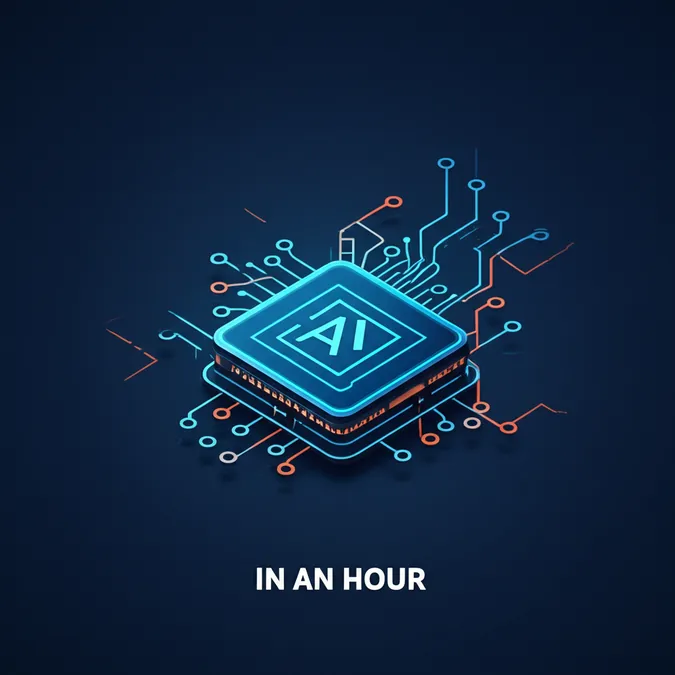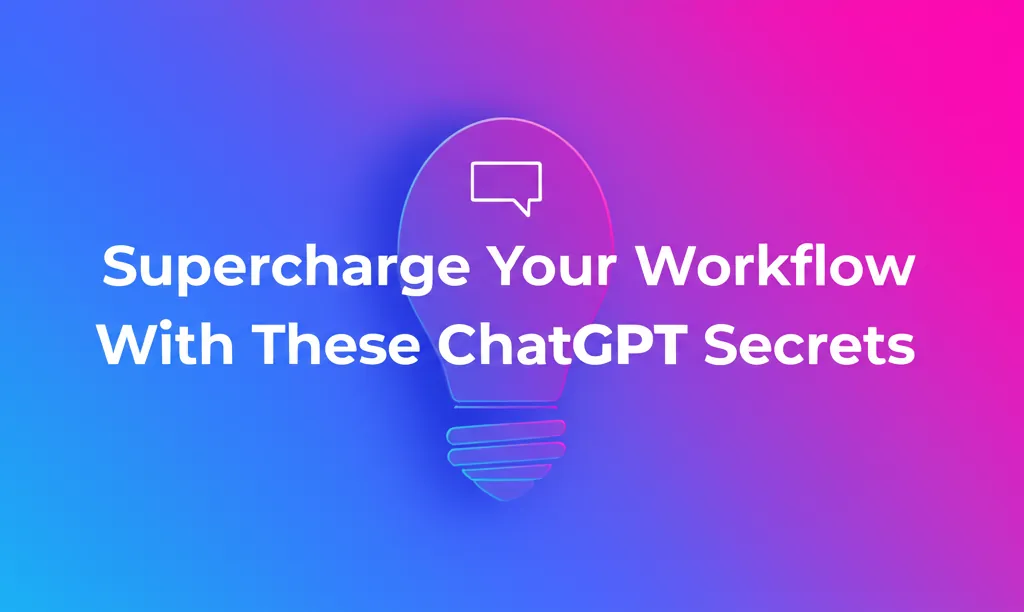Unpacking The Technology Behind ChatGPTs Success
 Image via Elyse Betters Picaro / ZDNET
Image via Elyse Betters Picaro / ZDNET
Before the explosion of AI chatbots in late 2022, our primary online tools were search engines like Google and computational engines like Wolfram Alpha. Google provided lists of webpages, while Wolfram Alpha delivered data-driven, mathematical answers. ChatGPT introduced a different paradigm by providing contextual, intent-based responses that feel like a conversation.
Today, other AI chatbots like Claude, Copilot, Perplexity, and Google Gemini have adopted a similar conversational power. They can parse complex queries and generate detailed answers by drawing on a vast repository of the world's digital text. While some were initially limited by a knowledge cut-off date, most can now access the live internet for up-to-the-minute information.
This article delves into the generative artificial intelligence that makes ChatGPT's responses possible. We'll explore the main phases of its operation and the core AI architecture that enables its remarkable capabilities.
The Two Phases of AI Operation
To understand how ChatGPT works, it helps to use Google Search as an analogy. Google doesn't scour the entire web in real-time when you search; instead, it looks up results from a massive, pre-built database created by web crawlers. This process has two main phases: data gathering (spidering) and user interaction (lookup).
ChatGPT and other generative AI models operate on a similar two-phase system. The data-gathering stage is called pre-training, and the user-interaction stage is known as inference. The breakthrough that led to the current AI boom is that the pre-training method proved to be incredibly scalable, thanks to modern hardware and cloud computing advancements.
The Power of Unsupervised Pre-Training
Traditionally, AI models were trained using a supervised approach. In supervised pre-training, the model learns from a labeled dataset where every input is paired with a correct output. For instance, a customer service AI would be fed questions like "How do I reset my password?" along with a pre-written, correct answer. The model's job is to learn the mapping between these inputs and outputs. This method is effective but limited, as it's impossible for human trainers to anticipate every possible question and provide a corresponding answer.
ChatGPT's expertise across countless subjects—from writing a resume for a Star Trek character to explaining quantum physics—would be impossible with a supervised model. Instead, it uses non-supervised pre-training, which is the true game-changer.
In non-supervised pre-training, the model is trained on vast amounts of data without predefined input-output pairs. It learns the underlying structure, syntax, and patterns of the data on its own. This allows developers to simply feed the model more and more information, which it then processes using a transformer-based language model to generate coherent and meaningful text.
This method of simply dumping data into the AI has also led to legal and ethical challenges. AI companies have trained their models on copyrighted information without permission, leading to lawsuits from publishers like Ziff Davis (ZDNET's parent company) and The New York Times, who argue that AI is taking traffic from the original content creators.
The Transformer Architecture: The Brains of the Operation
The technology that makes this all possible is the Transformer architecture, a type of neural network designed for processing natural language. A neural network mimics the human brain, using interconnected nodes to process information. The key feature of the transformer is its use of a mechanism called "self-attention". This allows the model to weigh the importance of different words in a sentence to understand their context and relationships, much like a human reader might glance back at a previous sentence for clarity.
The transformer consists of several layers, with two main sub-layers: the self-attention layer and the feedforward layer. Together, they help the model learn complex relationships between words, making it incredibly effective for tasks like translation and text generation.
However, this powerful technology comes with risks. Since models learn from their training data, they can reproduce and amplify harmful biases present in that data. AI companies are implementing "guard rails" to prevent this, but defining what constitutes bias is complex and often contentious, making it difficult to design a universally accepted chatbot.
The Data That Fuels ChatGPT
ChatGPT is powered by a Large Language Model, or LLM. The chatbot itself is the user interface, while the LLM is the AI engine doing the work. The current LLM for ChatGPT is GPT-4o, an evolution from the original GPT-3. The name GPT is an acronym: Generative (it generates results), Pre-trained (on all the data it ingests), and Transformer (the architecture it uses).
GPT-3 was trained on a dataset called WebText2, containing over 45 terabytes of text. This massive scale allows the model to learn the intricate patterns of natural language.
To make conversations feel more natural, OpenAI also fine-tuned the model on specialized datasets like Persona-Chat, which contains over 160,000 dialogues between human participants with unique personas. Other datasets used for training include:
- Cornell Movie Dialogs Corpus: Over 200,000 conversational exchanges from movie scripts.
- Ubuntu Dialogue Corpus: Over one million dialogues from a technical support forum.
- DailyDialog: Human-to-human dialogues on everyday topics, labeled with emotion and topic information.
This combination of broad, unstructured internet data and specific, conversational datasets is what gives ChatGPT its unique ability to engage users in a natural way.
The Human Element in AI Training
While non-supervised pre-training is highly scalable, human involvement is still crucial. A report from TIME Magazine revealed that OpenAI employed low-wage workers in Kenya to label and filter graphic and harmful content from the training data.
Furthermore, the model was refined using a process called Reinforcement Learning from Human Feedback (RLHF). According to an article in Martechpost, this involved human trainers playing the roles of both the user and the AI assistant to fine-tune the model's conversational abilities. OpenAI's own statements clarify that the initial pre-training was non-supervised, but RLHF was used later to improve performance on specific tasks by providing feedback in the form of rewards or penalties. This human-assisted fine-tuning helped shape the dialogue responses and filter out inappropriate material.
How ChatGPT Understands and Talks to You
Beyond training, ChatGPT relies on two key technologies for real-time interaction: Natural Language Processing (NLP) and Dialogue Management.
Natural Language Processing (NLP) is the field of AI focused on enabling computers to understand and generate human language. It breaks down user input into smaller components, analyzes their meaning and relationships, and generates a response. This technology faces the immense challenge of dealing with the complexity and ambiguity of human language.
Dialogue Management is what allows ChatGPT to maintain a coherent conversation over multiple turns. It uses algorithms to track the context of the discussion, ask clarifying questions, and provide personalized responses based on the entire conversation history. This is what makes interacting with ChatGPT feel like a natural, engaging dialogue rather than a series of one-off queries. Of course, the ability to build trust and engagement also opens the door for potential manipulation by AI, an area of growing concern.
The Hardware Powering the AI Revolution
Running a model as massive as ChatGPT requires an incredible amount of computational power. Microsoft, a major partner of OpenAI, utilizes its Azure cloud platform to build the complex network of computation and storage required. For a deeper look into the hardware architecture, you can watch this fascinating video from Microsoft that explains how its infrastructure supports these advanced AI systems.
And Now You Know
This overview, though detailed, only scratches the surface of what goes on inside ChatGPT. The key takeaway is that its revolutionary success stems from a scalable training approach where the AI learns from vast, unsupervised datasets and makes sense of the information on its own. This foundation, combined with sophisticated language processing and dialogue management, is why the technology has advanced so rapidly and captured the world's attention.
What are your thoughts? Are you using ChatGPT? What questions do you still have about how it works? Share your opinions with us in the comments below.


